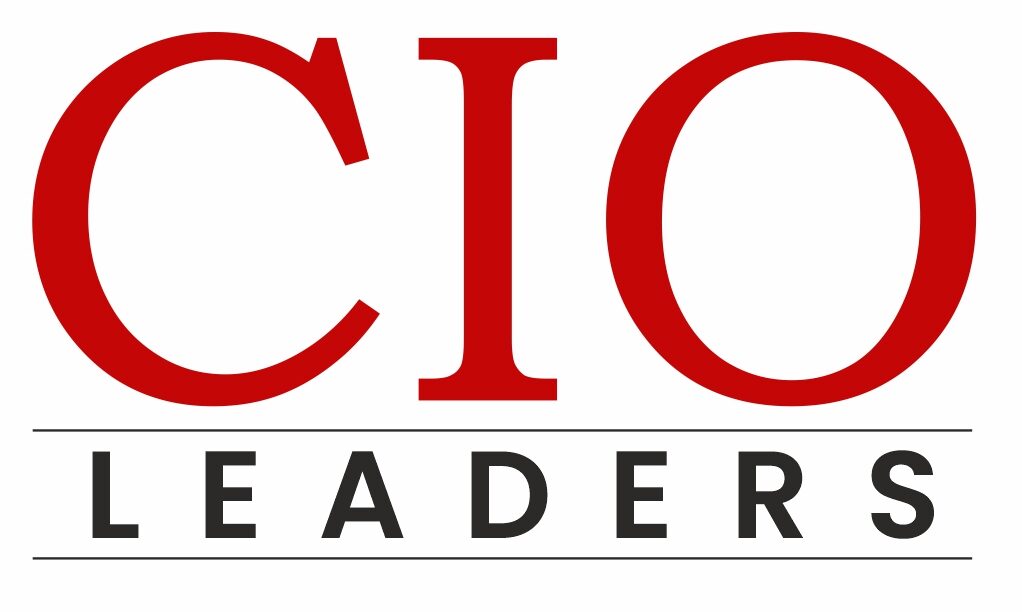In the materials science and engineering segment, Jacqueline Anim stands as a true luminary, pushing the boundaries of innovation and leading the way at Ethicon, Inc., a subsidiary of Johnson & Johnson. With an impressive career spanning over two decades, Jacqueline has risen to the prestigious position of Senior Principal Materials Engineer, earning recognition for her supreme expertise and solid dedication to the field.
One of Jacqueline’s most notable achievements is her groundbreaking work on biosafety materials. Her research has led to the development of innovative materials that can be used in surgical applications, thus hemostatic, cutting, and sealing tissue and blood vessels with no bleeding in a minimally invasive procedure. This breakthrough has simplified post-operative care and improved patient outcomes, making her a respected authority in the field.
Jacqueline Anim’s journey from a passionate chemical engineering student to a Senior Principal Materials Engineer at Ethicon, Inc. is a tribute to her innovative spirit and her commitment to improving the lives of others. Jacqueline’s work continues to shape the future of medical devices, and her influence extends far beyond the laboratory, inspiring a new generation of engineers to reach for the stars in the world of material transformation science.
Shining on the Horizon with Excellence
Shedding the spotlight on the odyssey, Jacqueline may have to look back on her career path with a filter as she has always been seeking unmet needs or, for that matter, unchartered territories within and external to her company, JNJ.
This strong desire is intended to make a difference in humanity. For some unknown reason, Jacqueline gravitated to undiscovered areas so much that in 2012, she discovered that the medical industry did not have a standalone material database.
All that was available in the industry was the Campus, Material and Process Universe, the prospector, etc., which only had materials intended for non-medical applications. Given that grades in these databases had not been screened for biocompatibility as an added requirement.
In furtherance of that, the medical sector was left to test for potential biosafety after the fact and not designed into the selected grade up front. With this knowledge, Jacqueline and her team collaborated with an intelligence software company to embark on a medical material data management project to segregate their device materials into medical and technical grades.
The project outcomes allowed them to purge and/or discontinued the proliferation of the use of technical grade chemistries. It was a big win for all who saw the vision and supported the journey to enhance patient safety.
A Perspective of Perpetual Refinement
From Jacqueline’s perspective, Ethicon is a fertile ground for anything transformational. It’s a fearless company with daring leaders when it comes to groundbreaking innovation for enhanced patient care. And its Credo (The Northern Star) excels in this area.
The cultural landscape has somewhat influenced Jacqueline’s ability to push her limits in various medical device design and manufacturing aspects. For example, her focus has been enhancing the medical material data management philosophy and the digitalization of the data itself.
Jacqueline’s previous contribution is also around the segregation of medical grade materials away from the technical grade candidates/thus moving away from legacy technology by purging out old chemistries.
Finally, and with in-house support, she recently launched internal E-submission processes and retrieval techniques for better traceability and efficacy. Additionally, she collaborated and embarked on using information automation (IA) and data science algorithms for trend identification of historical material analysis reports and data, verdict creation and many more.
All these have improved and provided confidence in Ethicon’s material decisions and device-level traceability. This is an example of using data science in the medical/healthcare sector.
Leading with an Example of Coherency
Jacqueline’s vision and missions are mostly novel; it takes special skills to draw and rally people in and obtain funding for execution.
From her perspective, it’s easier to implement an idea in a “pull” position than if you had to “push.” So, for years, Jacqueline has always promoted ideas such that they become a pull. It starts with clear communication, defining the vision as a leader, and stating the benefits to her internal or external clients.
One element that has helped Jacqueline drive innovation as an industry leader is her honesty/selflessness leadership approach. This unique combination allows, working to becomes easy; therefore, navigate obstacles easily, achieving results through collaboration. After four or five wins, the table turns in her favor as she doesn’t have to advert obstacles to innovate any longer.
CIO Talks
Sharing her opinion on the most significant technological advancements or trends that will shape the industry, Jacqueline shares, “There’s been lots of platforms and podcast discussions on this topic; however, from my vantage point, I believe the following trends will be very significant moving forward. The concept of patient care continuing/ecosystem approach to healing is going to be pursued aggressively.
The firewall between the various engineering disciplines will disintegrate as industry forces this change in the academic curriculum. We are heading into an era where a materials engineer can analyze mold flow, integrate the material behavior and its path to molding, and conceptually understand end-user device performance.
The MedTech industry is looking for Chemical Engineers who can write computer codes, manipulate CAD files, and conduct simulation analysis simultaneously. A skill set limited to computer scientists and mechanical engineers a decade earlier.
To sum it up, there shall be very little difference between a mechanical engineering and an electromechanical/system engineer, for example, since the industry is seeking an overlap in skill sets with the introduction of robotic and digital product developments.”
An Overview of the Essential Role
Jacqueline’s parent company (JNJ) team is located on all the continents with subbranches in major countries worldwide. They also have research laboratories with various analytical and technological capabilities in various cities. Therefore, working with other external teams to innovate and/or solve complex problems is normal.
In furtherance of that, they have strategic alliances with some of the suppliers and vendors; and can tap into some of their technical support offerings/facilities to solve complex problems with precision and speed due to the proximity of their laboratories.
Specifically, Jacqueline says, “Until the design of the device is complete and end-use performance requirements are met, material selection is not complete; therefore, the material suppliers are part of the development journey till the end.
To cite an example, when leading the creation of the digitized/searchable database to manage our inhouse material information system, I had to work in close relation with the IT team located in a different continent United Kingdom, our internal biocompatibility group, our procurement team, and supply chain organization, R&D, and product design teams to develop a holistic data tool that meets every group’s end use requirement. The success of this data science solution was a community affair and not done in a silo.”
Ascending the Fundamentals, along came the Enrichments.
This time around, with improved awareness of the regulatory landscape, the road forward is clear and well-defined. What does Jacqueline mean by this statement? Regulatory, e.g., FDA, MHRA, etc., is the final reviewer for device registration/compliance, and from her perspective, if the individual bill of materials (BOM) and the component listings that make up the device are well scrutinized, complying with the device level review and approval process will become a lot easier and to some extent very predictive.
In furtherance, in the past, the MedTech OEMs were using “any material” to design MedTech products and hence “panicked” regarding the regulatory submission step as the material in the device was poorly understood and scrutinized.
However, this legacy practice is changing with the introduction and adoption of medical-grade material technology for MedTech applications. Jacqueline is happy to say the material suppliers now support the development and creation of MedTech-specific material chemistries to sustain this sector. This approach is a win for all since it eliminates the use of unauthorized material unbeknown to the material manufacturer or toll compounder.
Symbolizing Brilliance
Although Jacqueline’s area of expertise is in a niche (SME/consultancy in material utilization for MedTech), the industry has evolved over the years to attract the other gender(s). Having said that, the industry has many great people with decades of knowledge; as a female, you need to connect with someone and recruit that person as your mentor.
This mentor may be a professional from a different business sector, i.e., company director, startup VP, toll compounder, packaging professor, college professor, material manufacturer, external consultant, etc. With this, you will stand to learn and gain unique knowledge that will become an asset/novelty at your own company, thus setting you apart from the pack. Jacqueline has always viewed people she meets at conferences and trade shows as her mentors.
Another secret Jacqueline lives by is to answer the question, “What do you want to be when you grow up?” and pursue that with her compassion.
Scaling the Novelties with a Novel Method
Jacqueline’s long-term goal is to continue her collaboration effort with respect to standardizing the definition, creation, and release of a medical grade/lockdown grade/skin contact grade for industry adaptation, followed by the release of an ASTM standard definition for materials used for MedTech. This initiative has progressed over the last couple of years, and it is an aspiration that we will collectively see fruition.
Pearls of Wisdom
For the aspirants of the MedTech niche, Jacqueline shares, “To make a mark in the MedTech field, review the current state and progress made to date for any unmet needs with a focus on the patients.
This unmet need could reside in the processes, delivery, packaging, design, systems, materials, traceability, efficiency, sterilization techniques, cycle time, etc., with a transition into digital and AI solutions for MedTech. Study all available complaints cases and innovate from that direction. As you solve problems to improve the well-being of humanity, so does your mark shine.”

